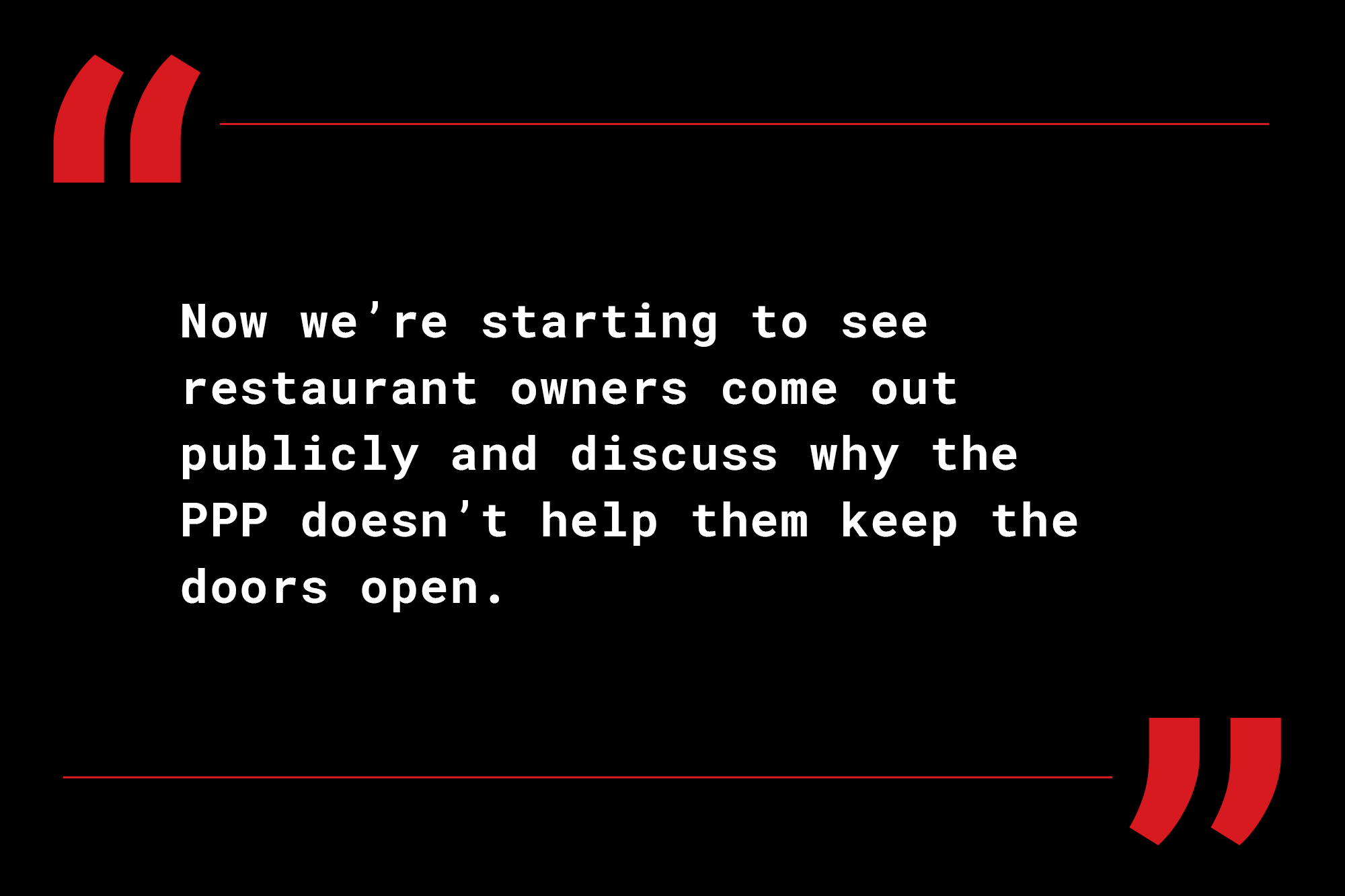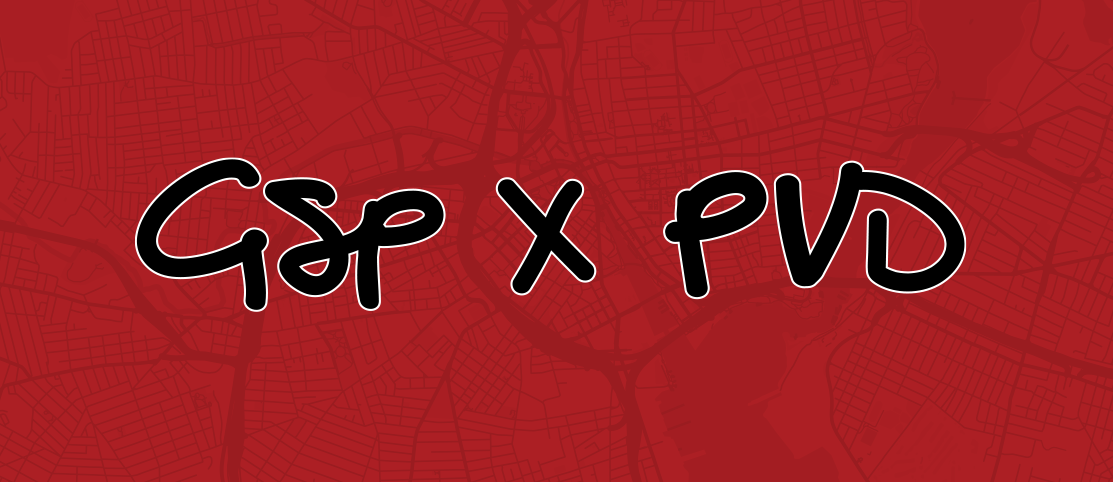You Down With PPP?
Following up on my post from March 30, which was posted well before the government started offering loans to small businesses (or trying to), we are now starting to see lots of news articles documenting the major issues with PPP for retail and restaurant owners. Ignore, for a moment, the total chaos surrounding obtaining the loan, and consider what I’ve been calling the “Employee First Approach,” which is where the government is so concerned with lowering unemployment rates that they are ignoring specific needs of the employers. Now we’re starting to see restaurant owners come out publicly and discuss why the PPP doesn’t help them keep the doors open.
Here are just a few from over the past few days:
CBS News, Owner who got Paycheck Protection loan: It’s an “incredibly bad fit” for what businesses need – “Our employees were on furlough long before the PPP was passed, and it doesn’t make sense for us to immediately try and bring them back, particularly with the enhanced unemployment benefits they can access at this point.”
Forbes, Federal Coronavirus Aid Fails To Meet Needs Of Struggling Small Businesses – “Perry has applied for federal aid through the CARES Act but says the bill’s stipulation that 75% of funds need to be used on payroll if loans are to be forgiven does not make sense for her business at this time. “This particular provision tells me that the government doesn’t understand small business at all,” says Perry. “While we are shut down, I have no work for employees to do. Why would I rehire them now?”
Washington Post, Small Businesses Are Still Awaiting Emergency Loans Facing Dilemma About How To Spend Them (Use an incognito window to bypass paywall) – “There’s no job for them,” he said. “We would use all the loan proceeds while we’re closed, and we’d be out of funds to reopen.”
Vox, The Stimulus’s $349 Billion Program To Pay Workers At Struggling Small Business, Explained – “He could hire back all of his staff for eight weeks using the PPP money. But then he’d have to either lay them off again or continue to pay them after the loan money runs out, if stay-at-home orders are still in place. That might wind up costing the business more, and may also be worse for workers depending on the unemployment they’re getting.”
Here’s what needs to change for this loan/grant to work:
- Higher incentives for employees to go back to work. With increases to unemployment by $600 per week, it will be hard to certain staff members back to work. The government is offering employees with a salary of less than $75,000 a tax credit, which will take too long to receive and when broken down is still less than the average unemployment benefit.
- Allow restaurants a longer period to re-staff. Allowing only 8 weeks once the loan is originated isn’t going to work for most establishments. It could take 6 months to a year to full reopen at full capacity. Let’s be realistic and give restaurants a chance for this loan to be forgiven.
- Change how restaurants can use PPP money. The SBA currently requires that 75% of the loan be used for labor costs in order to be forgiven. That only leaves 25% allowed for rent and utility costs. In places like New York and Boston, where commercial rents are high, that’s not enough. This is another example of the government putting people first, but if the business can’t pay rent, then that’s not going to be good for employees.
What are we missing? If you have a perspective on this issue, email us as community@graffito.com or leave a comment below!





April 15, 2020 10:09 pm /
This is incredibly important and just starting to get proper analysis. Thanks for bringing it forward.
I agree with the concerns of the people quoted… this is going to be a long battle with many casualties regardless of receiving the funding. The structure truly doesn’t fit the timing of most layoffs and furloughs, and forces businesses to ask people to come back to work when a) states are requiring people for the most part to stay at home and b) there are no customers, as a result of a). I hope that the SBA loans might start the clock when governors release the stay-at-home orders. That wouldn’t be perfect, but it would make sense.